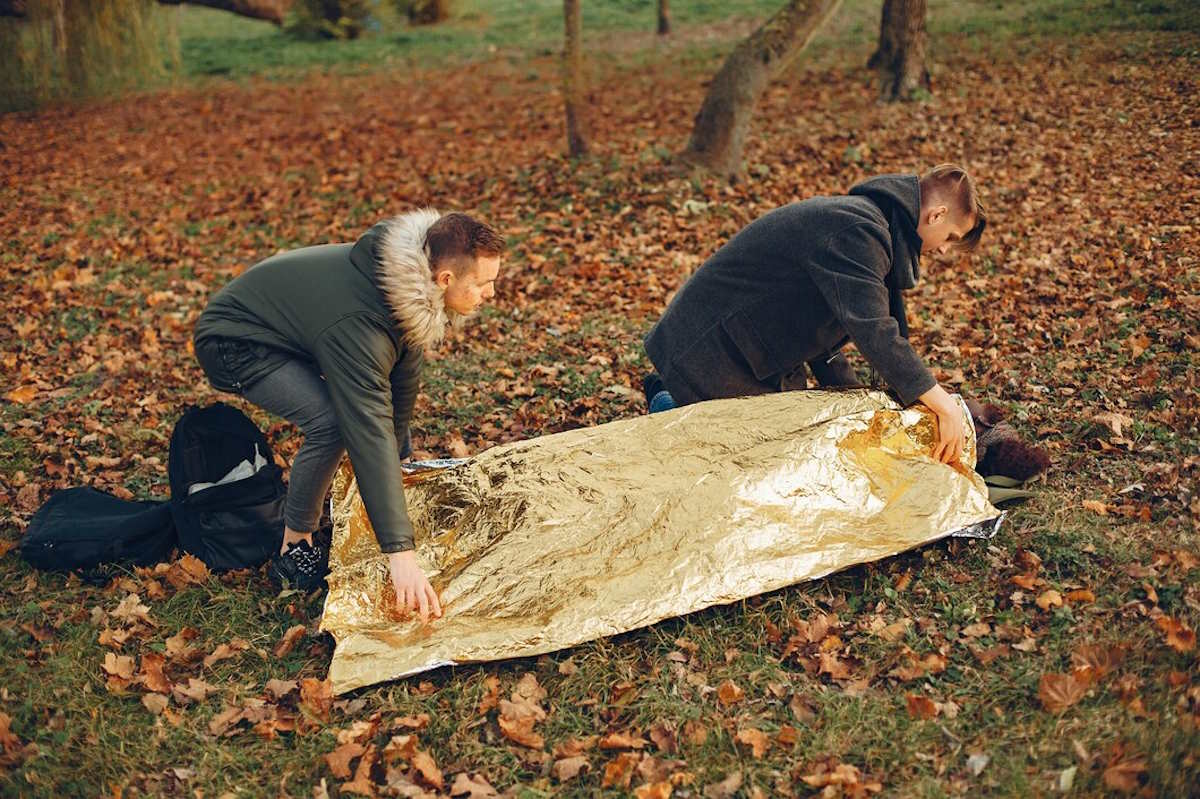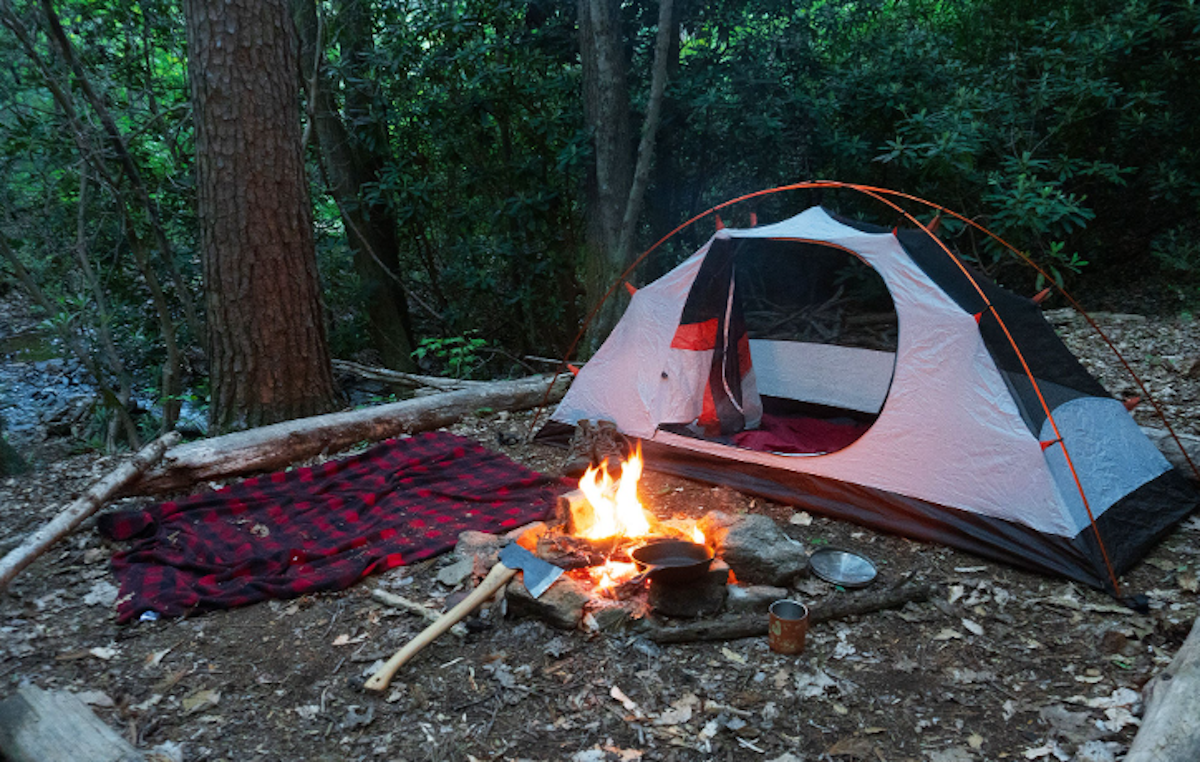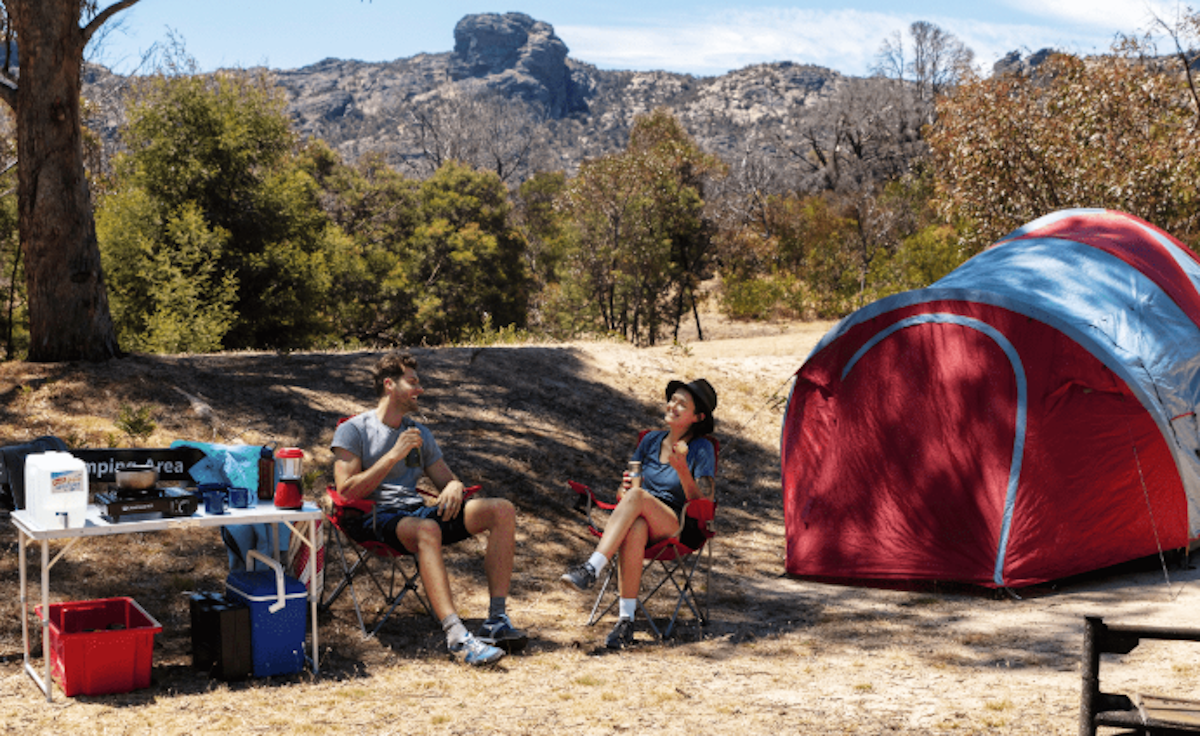How a Family Can Start Prepping From the Beginning
1. Assess Your Family’s Needs
Key Steps:
- Identify essential requirements such as food, water, shelter, and medical care.
- Consider specific needs for children, elderly members, or pets.
Example:
A family with an infant includes baby formula, diapers, and hygiene items in their emergency supplies. This ensures their youngest member remains healthy and comfortable during crises.
2. Start With the Basics: Food and Water
Food Storage
- Begin by stockpiling non-perishable foods like canned goods, pasta, and rice.
- Gradually add variety to your food storage to avoid “food fatigue.”
Water Storage
- Store at least one gallon of water per person per day for three days or more.
- Use food-grade containers to prevent contamination.
Example:
A family sets aside a pantry shelf exclusively for emergency food storage, replenishing it monthly to keep items fresh. They store water in 5-gallon jugs, ensuring they’re prepared for power outages.
3. Create an Emergency Kit
Essentials:
- Flashlights and extra batteries.
- First-aid supplies including prescription medications.
- Portable phone chargers and multi-tools.
Why It’s Important:
An emergency kit provides immediate access to essential items, saving valuable time during evacuations.
4. Develop a Family Emergency Plan
Key Components:
- Establish meeting points in case family members are separated.
- Assign roles, such as one person handling communication and another gathering supplies.
- Practice evacuation routes regularly.
Example:
A family creates an evacuation drill for fire emergencies. Each member knows their role, ensuring a quick and safe exit from the home.
5. Learn Essential Survival Skills
Important Skills:
- First aid and CPR training.
- Fire-starting methods for outdoor survival.
- Gardening and food preservation techniques.
Example:
A family attends a local workshop to learn first aid and CPR, equipping themselves to handle medical emergencies confidently.
Advanced Prepping Strategies
1. Expand Your Food Storage
As you become more experienced, aim to store enough food and water for several months. Include freeze-dried meals and long-term storage solutions.
2. Invest in Emergency Power Sources
Solar panels, generators, and battery packs ensure your family has access to electricity during prolonged power outages.
3. Build Community Connections
Join local prepping groups to exchange knowledge and resources. Community networks can be a lifeline during widespread emergencies.
Real-Life Applications of Prepping
Example 1: Hurricane Preparedness
A family living in a hurricane-prone area follows their emergency plan to evacuate safely. They use their bug-out bag, containing food, water, and vital documents, to stay self-sufficient at a shelter.
Example 2: Economic Downturn
During a financial crisis, a family’s stockpile of non-perishable foods reduces grocery expenses, allowing them to focus on paying essential bills.
Maintaining Your Prepping Efforts
Regularly Rotate Supplies
Replace expired food, medications, and water every six months.
Update Emergency Plans
Review and revise your family’s plans based on changes in circumstances, such as new family members or relocating to a different area.
Continue Learning
Attend survival workshops, read books, and practice skills to stay prepared.
Conclusion: Begin Prepping Today
How a family can start prepping from the beginning is as simple as taking small, consistent steps. By prioritizing basic needs, building skills, and staying organized, families can create a foundation of safety and resilience. Start your prepping journey today to protect your loved ones and gain peace of mind in an uncertain world.




